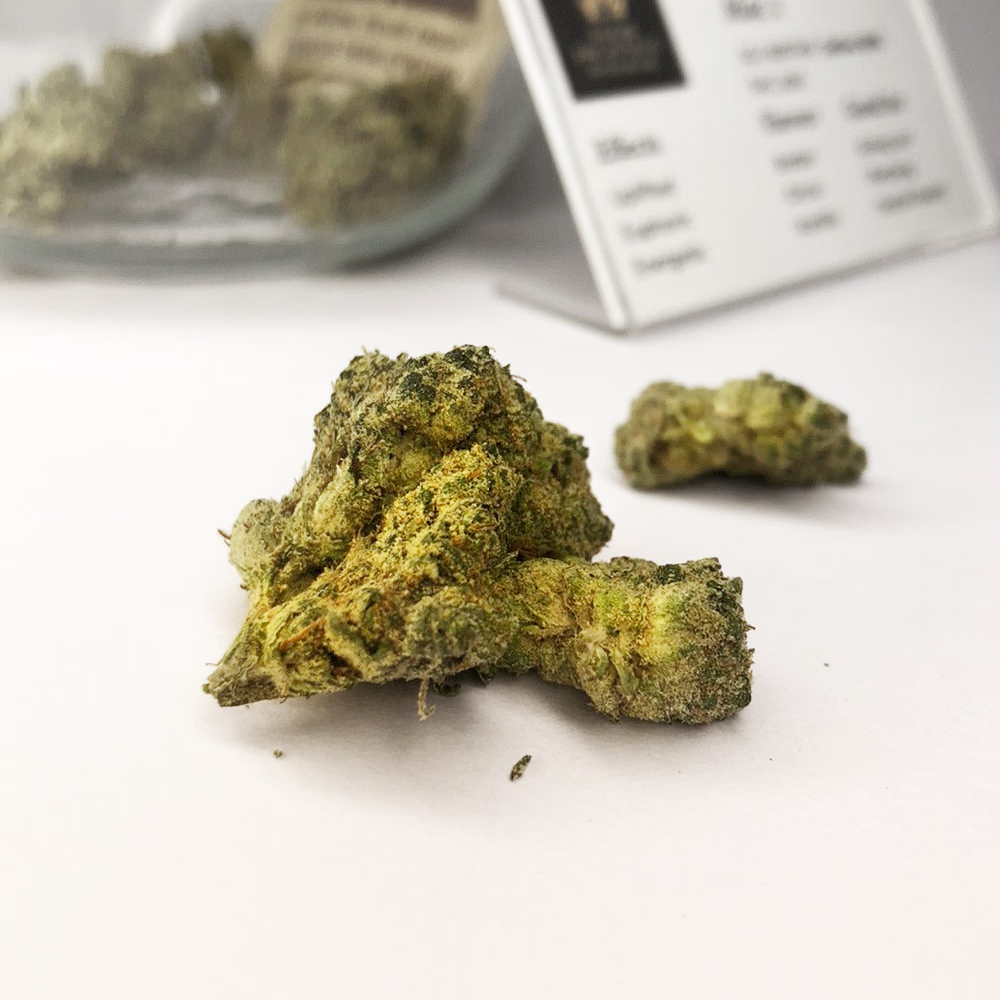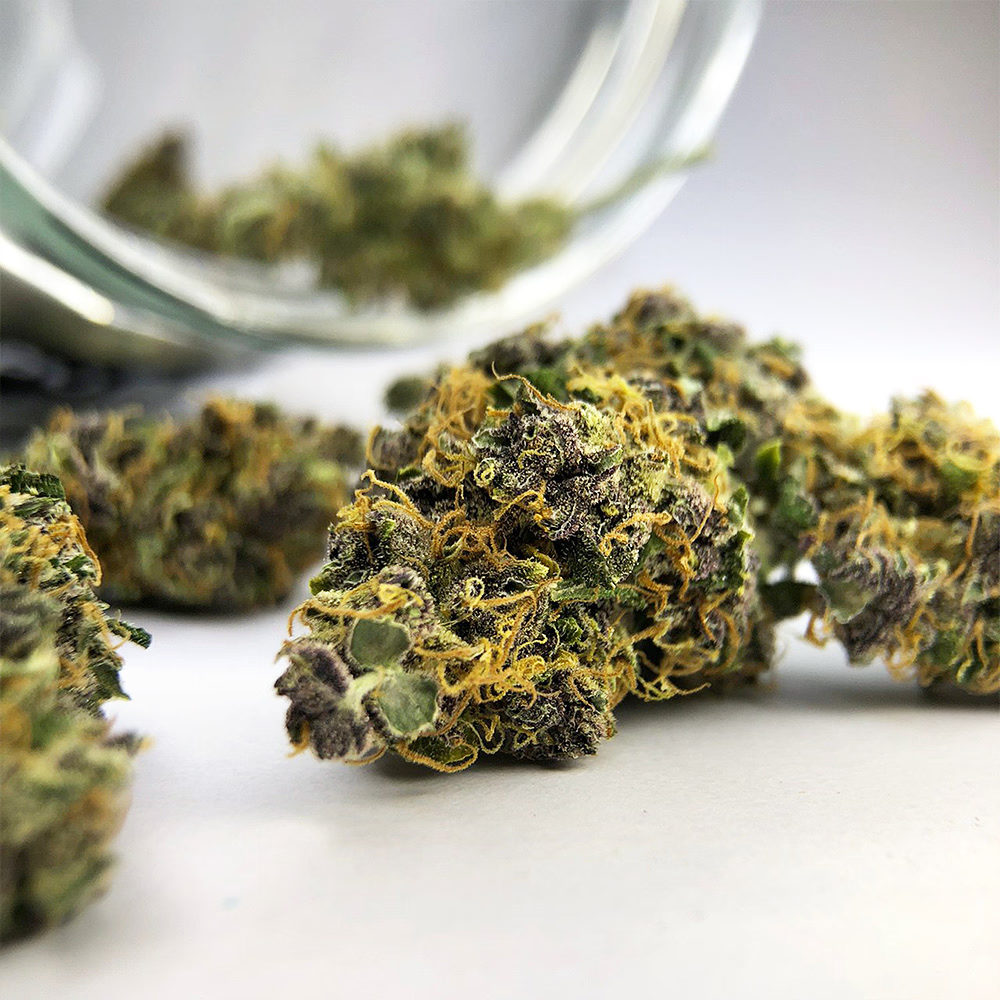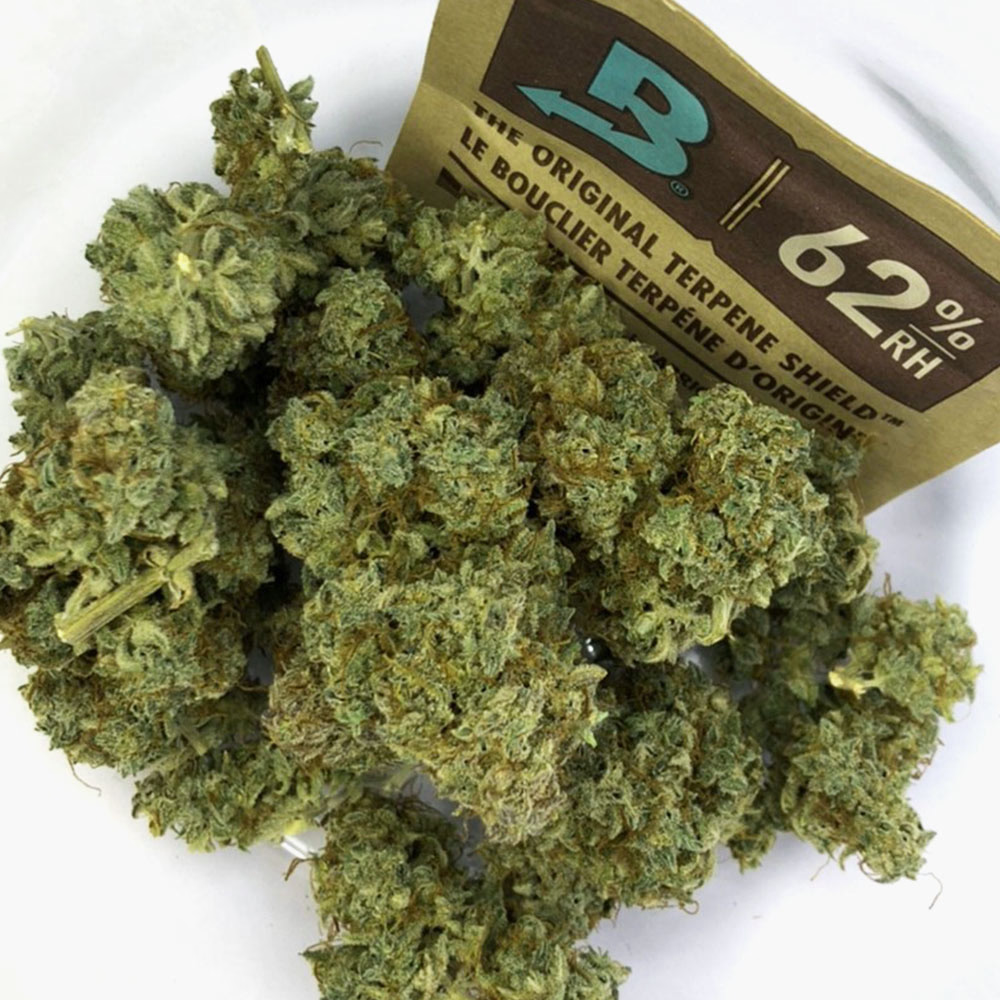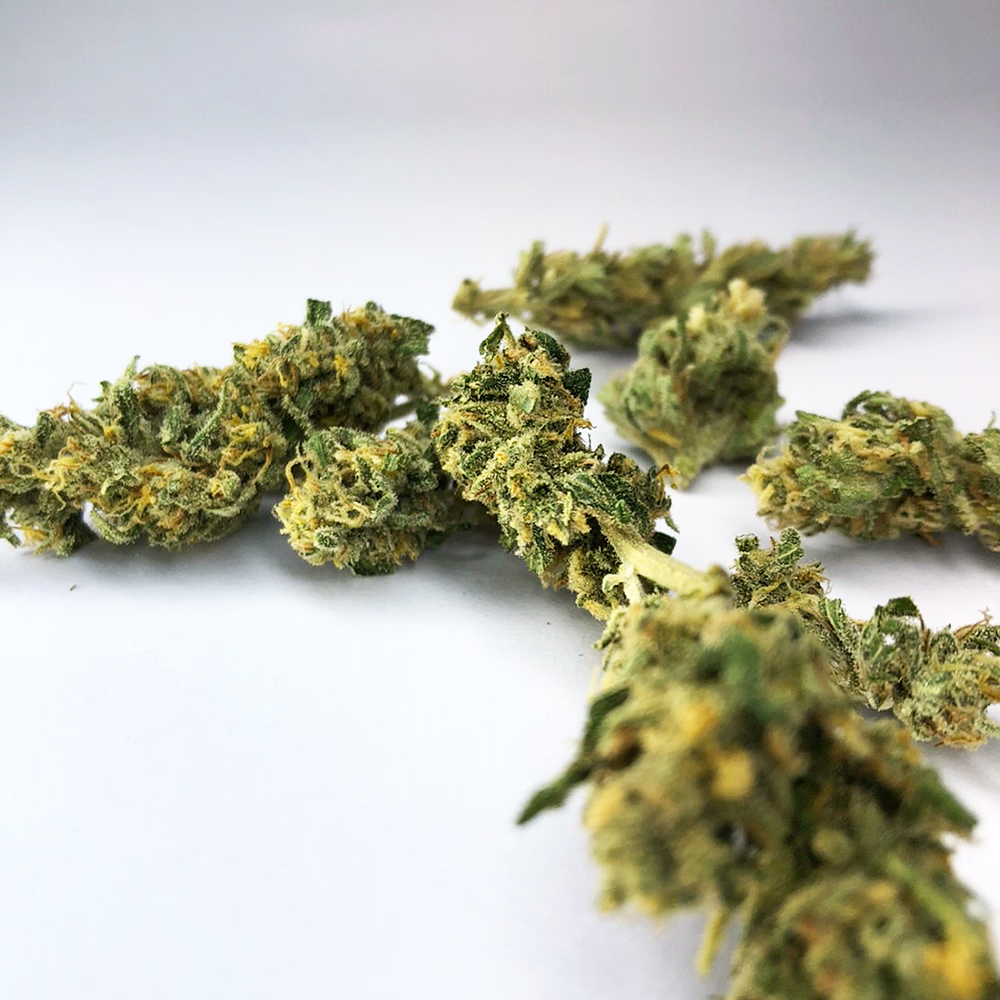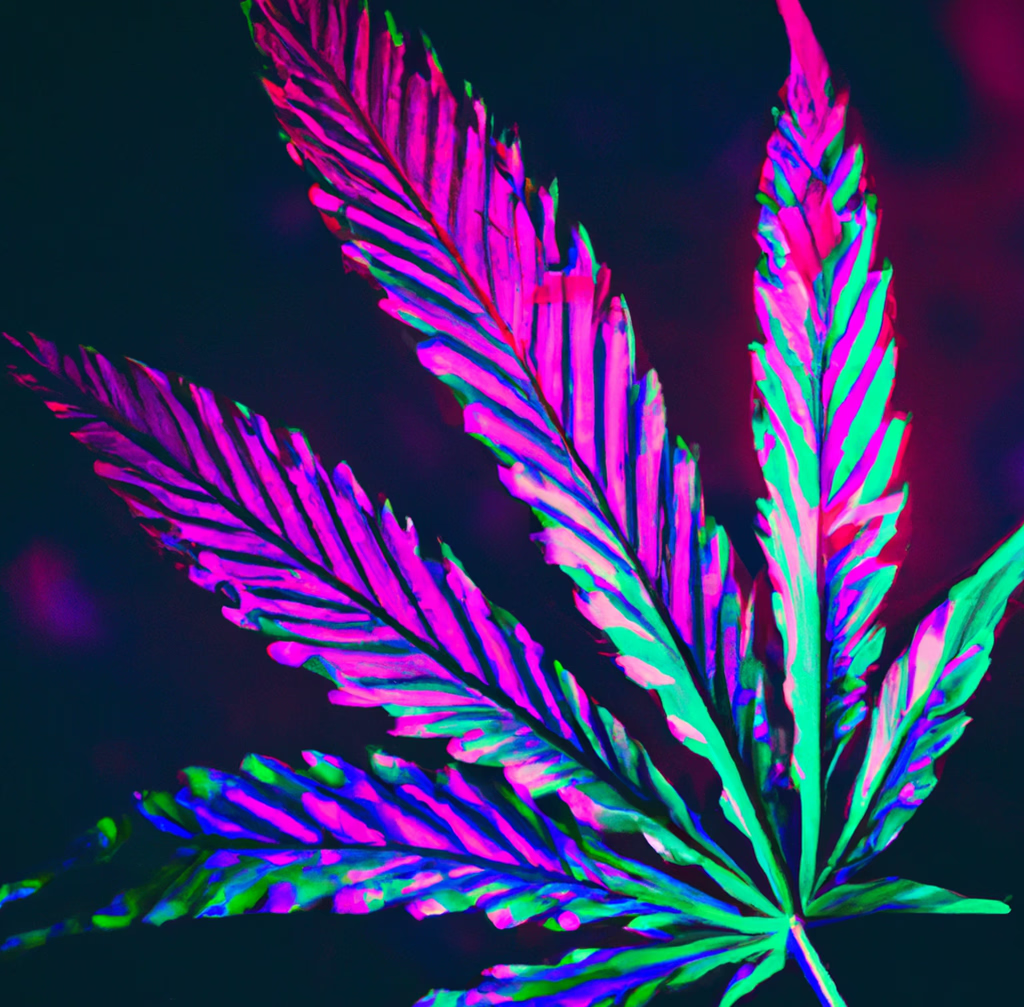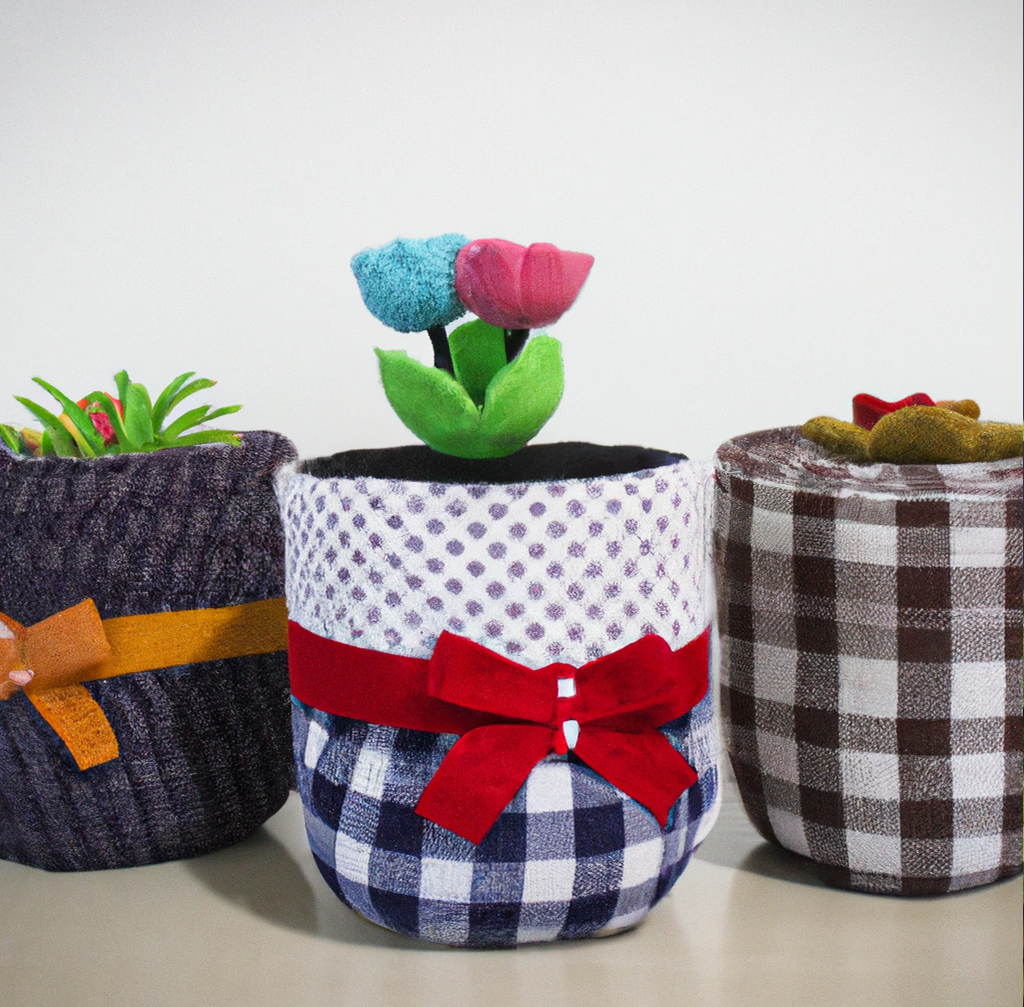Cannabis Sativa: General Information
General Information Annual herbaceous plant in the Cannabaceae family, native to Central and South Asia. The leaves and flowers of the plant are used to make various products, including hashish, marijuana, and hemp. The plant produces a resin with psychoactive properties, which has been used since ancient times for ritual and medicinal purposes.
Cannabis Sativa The History and Uses of This Powerful Plant The plant was first introduced to the Western world in the early 19th century by French physician Jacques-Joseph Moreau. Moreau observed that the plant effectively treated various mental health disorders, including hysteria and seizures.
The use of cannabis Sativa for medicinal purposes was popularized by the Irish doctor William Brooke O'Shaughnessy, who observed its effects in treating patients with cholera. O'Shaughnessy's work led to the widespread use of cannabis Sativa as a medicine in the 19th century.
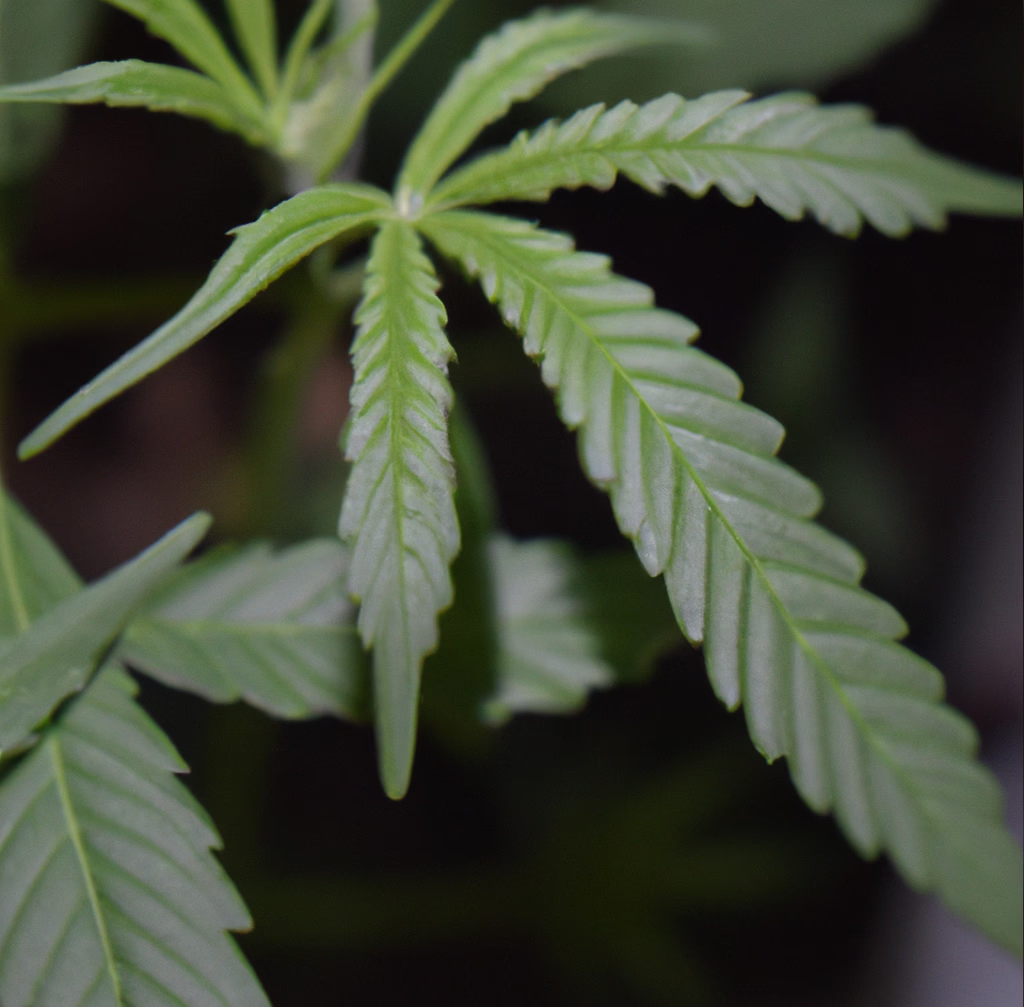
In the 20th century, the use of cannabis Sativa for medicinal purposes declined due to the passage of laws prohibiting its use. However, in recent years, there has been a resurgence.
The number of species within the Cannabis genus is a matter of debate. Three species may be recognized: Cannabis sativa, Cannabis indica, and Cannabis Ruderalis; C. Ruderalis may be included within C. Sativa; all three may be treated as subspecies of a single species, C. Sativa; or C. Sativa may be accepted as a single undivided species. The genus is widely accepted as indigenous to and originating from Central Asia, with some researchers also including South Asia.
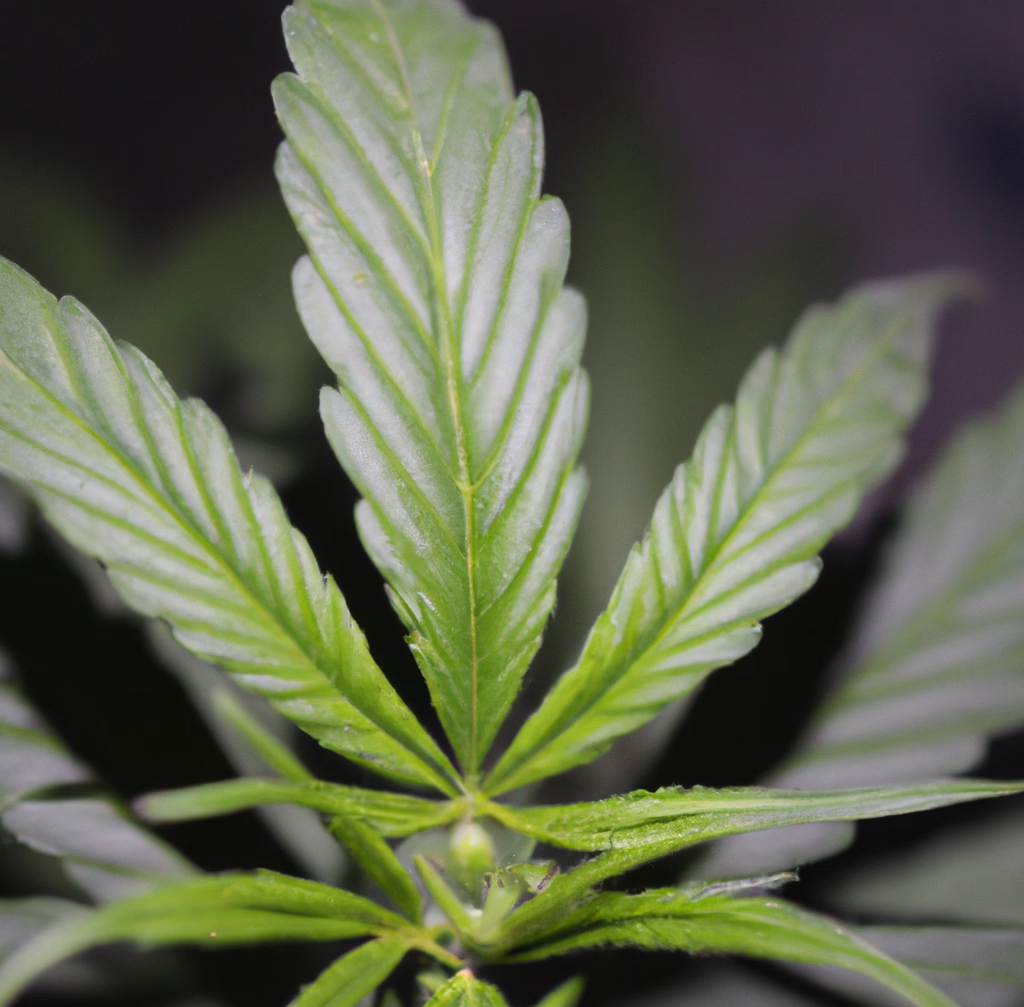
C. Sativa is the most widespread variety of cannabis. It is an annual herbaceous plant growing to 1–4 m (3 ft 3 in–13 ft) tall and up to 2 m (6 ft 7 in) wide. The leaves are palmately compound or digitated, with serrate leaflets. The first pair of leaves usually have a single leaflet, the number gradually increasing up to a maximum of about thirteen leaflets per leaf (usually seven or nine), depending on variety and growing conditions. At the top of a flowering plant, this number again diminishes to a single leaflet per leaf. The lower leaf pairs usually occur in an opposite leaf arrangement and the upper leaf pairs in an alternate arrangement on the main stem of a mature plant.
The leaves of the Cannabis sativa plant are believed to have originated in the Himalayan region. They are broad, toothed, and have a palate shape. The leaves of the Cannabis indica plant are smaller, more narrow, and have a more finger-like form. The leaves of the Cannabis Ruderalis plant are the smallest of the three and are more round than the leaves of the other two varieties.
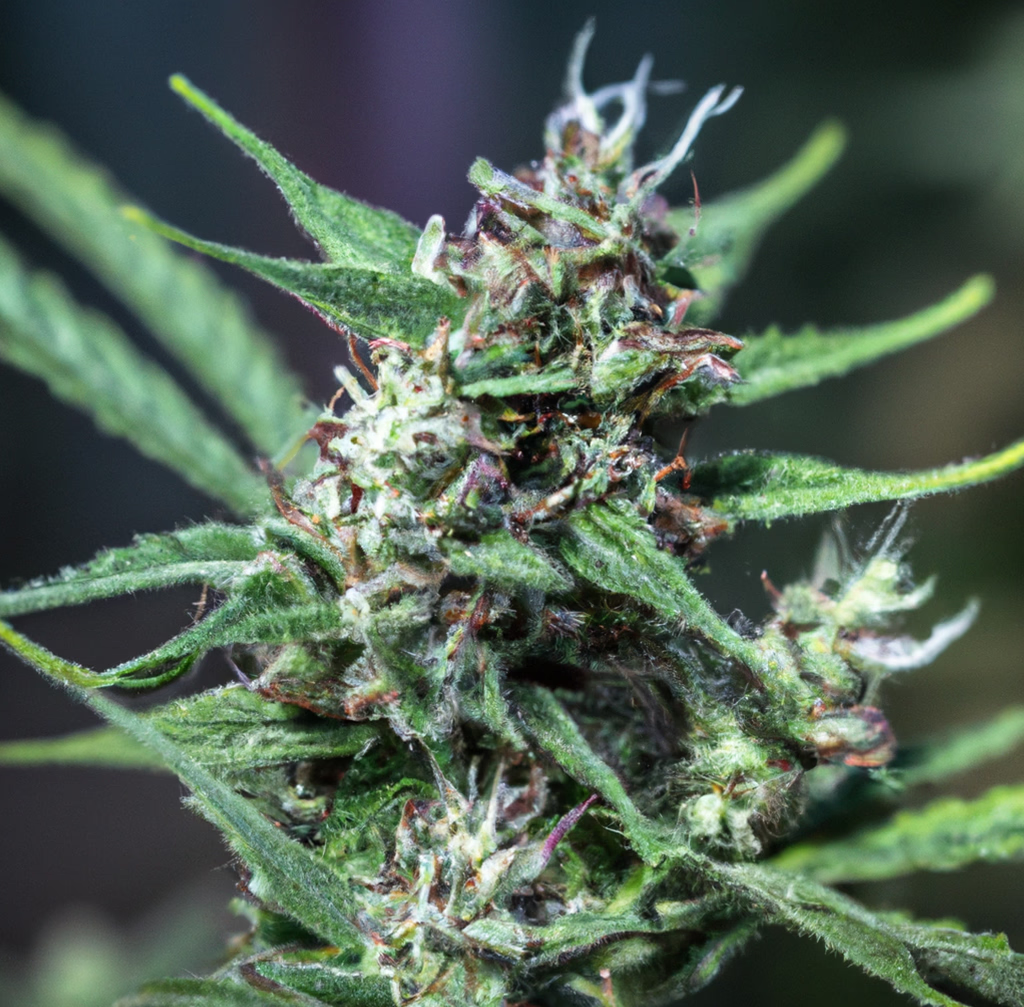
The flowers of the Cannabis Sativa plant are small and green, with some varieties having white or purple flowers. The flowers of the Cannabis indica plant are larger and more brightly colored, with some varieties having red or orange flowers. The flowers of the Cannabis Ruderalis plant are the smallest of the three and are greener than the flowers of the other two varieties. The fruit of the Cannabis Sativa plant is a tiny, hard, black seed.
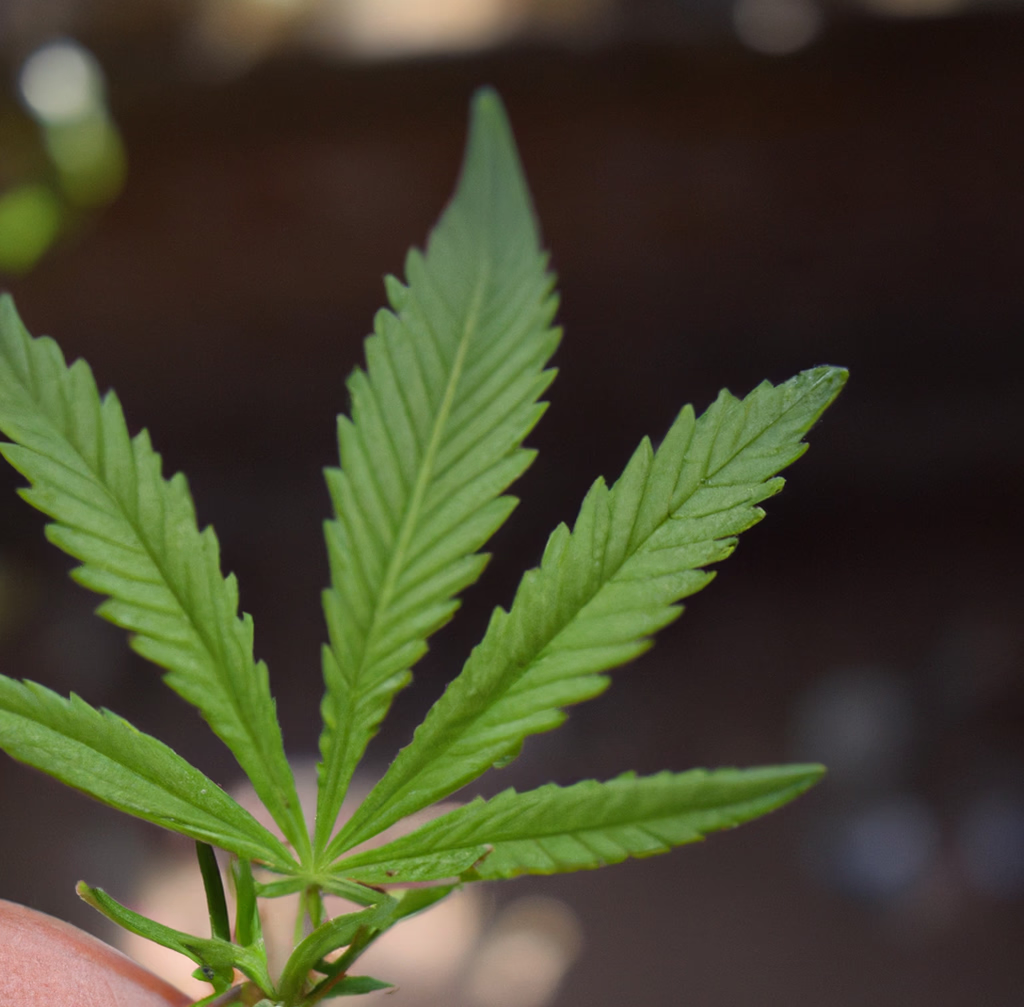
It is a widely cultivated plant with wide varieties bred for different purposes. The seeds are used for food, bird feed, cosmetics, and soaps. The plant is used for its fiber, seeds, and oil. The oil is used for fuel, lubrication, and producing plastics and other materials. The plant fibers are used to make ropes, nets, and other textiles.
